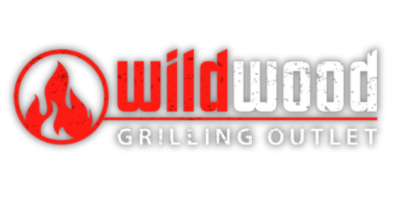By now you’ve undoubtedly heard all about omega-3s and that they are great for your health, but did you know that the best way to incorporate these fatty acids into your diet isn’t necessarily vitamins or supplements? In fact, one of the best sources of omega-3 is fatty, wild fish such as wild Prince William Sound Sockeye salmon from Alaska. There’s also a good chance you are eating less than the recommended amount of this type of quality fish!
So what are Omega-3 fatty acids anyway? The term Omega 3 fatty acids refers to a family of fats found commonly in marine animals and plants. The “Omega” and “3” in the name both come from terms in organic chemistry that help explain how these molecules are shaped. All of the fatty acids in this family share a similar structure and some of the more familiar ones cited as beneficial to your health are ALA, DPA and DHA. All of these are polyunsaturated fats which is the only fat that is essential for the human body. ALA, DPA and DHA play a variety of roles in maintaining your overall health but are real rock stars when it comes to your brain and heart! Studies have suggested that omega-3s reduce the symptoms of depression, increase ability to see better and have been proven to contribute positively to your cardiovascular health. In the United States, where heart disease is the number one cause of death in adults, this is something we should all be paying more attention to.
Naturally, something as essential for your health as Omega-3s have become a hot topic in recent years, and for good reason. While there are a multitude of dietary supplements on the market the purest and (certainly the most delicious!) way to get your daily dose of these fatty acids is through incorporating the correct foods into you diet. The highest source of Omega 3 fatty acids can be found in fatty marine fish such as mackerel and wild salmon. This is because one of the highest sources of naturally occurring omega 3 fatty acids is found in microscopic marine plants and photosynthesizing animals called plankton.

In the vast Gulf of Alaska and in the protected waters of Prince William Sound, these tiny Omega-packed creatures form the basis of the food chain. During the summer in Alaska, when the days are long and the sun may not set till after midnight, plankton grow and feed tirelessly causing planktonic blooms which offer huge feeding opportunities to all marine animals large and small. When wild Prince William Sound sockeye feed on plankton the ALA fatty acid from the plankton’s body is converted into EPA and DHA within the salmon as a part of its natural diet. Wild salmon live in the open ocean and, in the summer, must exert themselves to swim upstream to spawn. This journey requires large amounts of energy which is why the sockeye must feed on large amounts of plankton before entering the river. This omega-heavy diet results in the dense, deep red flesh wild salmon is famous for, making them a naturally rich source of pure Omega-3 fatty acids.
How much wild salmon should you eat to get a healthy amount of Omega-3 fatty acids? The USDA recommends eating at least 250 mg per day of omega-3 fatty acids EPA and DHA per week. That’s about 8oz of seafood a week per person, or two small servings, which is certainly achievable! Unfortunately the average American ate only 15.5lbs of seafood toal in the whole year in 2017. Much of the reluctance to eat this incredible superfood comes from a lack of confidence when cooking it. Fortunately there are plenty of resources to help you learn to cook salmon HERE and HERE.
Wild Alaskan salmon is very versatile and once you find a few recipes you love it will be easy to get your weekly recommended amount of Omega-3 fatty acids.
Finally, choosing responsibly sourced wild salmon like that from Alaska's Prince William Sound is not only good for you but for the environment as well. Alaska leads the way in sustainability and traceability standards and is certified by the globally recognized Marine Sustainability Council. Wild Alaskan salmon is full of healthy Omega-3s, delicious and sustainable--it’s a win win for everyone!
About the Author
Kinsey is a seafood lover and outdoorswoman. She studied Sustainable Fisheries at the University of Hawaii and currently lives in Cordova, AK where she works to enhance the local traditional fishery with Copper River Marketing.
To learn more about nutrition you can visit www.seafoodnutrition.org
